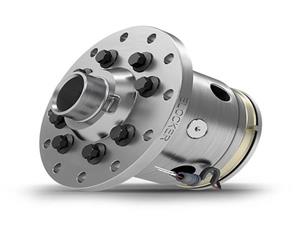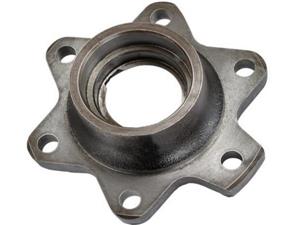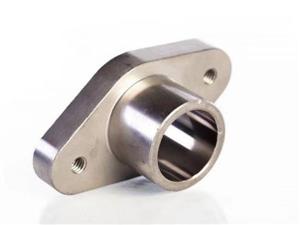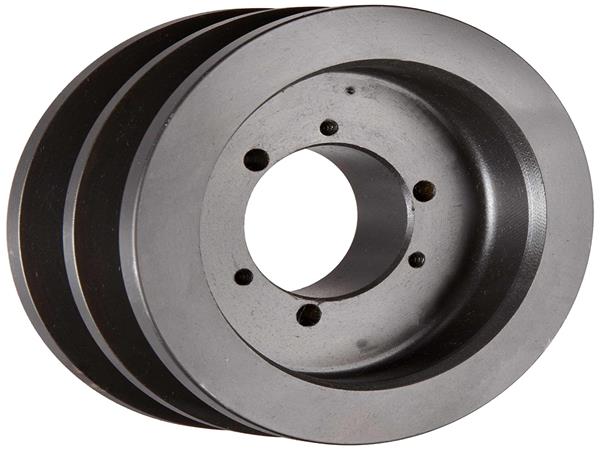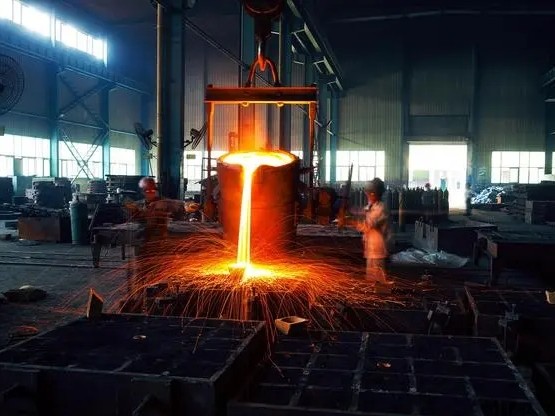Interaction between cooling process and product wall thickness in investment casting
Interaction between cooling process and product wall thickness in investment casting:
The precision castings of precision casting are of high quality, and are the casting products that many industries are vying to choose. Precision casting has changed the situation that traditional castings are usually rough and require size processing before use. Precision casting is a more advanced casting method now.
The production process of precision casting is relatively complicated, and many situations will occur in a single cooling process. The metallographic structure of investment castings will change during the cooling process, and the specific changes have a certain relationship with the wall thickness of investment castings.
When the solid-state phase transition occurs in the thin-walled part of the casting, the thick-walled part is still in a plastic state. If the specific volume of the new phase is greater than that of the old phase during the phase transition, the thin-walled part swells during the phase transition, while the thick-walled part suffers From plastic stretching, as a result, only a small tensile stress occurs inside the casting, and it gradually disappears as time goes by. In this case, if the casting continues to cool, the thick-walled part undergoes phase transformation and increases in volume. Since it is already in an elastic state, the thin-walled part will be elastically stretched by the inner layer to form tensile stress. The thick-walled part is elastically compressed by the outer layer to form a compressive stress. Under this condition, the residual phase transition stress and residual thermal stress have opposite signs and can cancel each other out.
When the thin-walled part of the casting undergoes a solid-state phase transition, the thick-walled part is already in an elastic state. If the volume of the new phase is greater than that of the old phase, the thick-walled part is elastically stretched to form a tensile stress, while the thin-walled part is elastically compressed to form a temporary compression. stress. At this time, the sign of the phase transformation stress is the same as that of the thermal stress, that is, the stress is superimposed. When the casting continues to cool until the phase transition occurs in the thick-walled part, the specific volume increases and the expansion occurs, so that the phase transition stress formed in the previous section disappears.
Precision casting changes the metallographic structure of castings by cooling, and at the same time, attention should be paid to the influence of various stresses on the structure and product structure of the cooling process.

